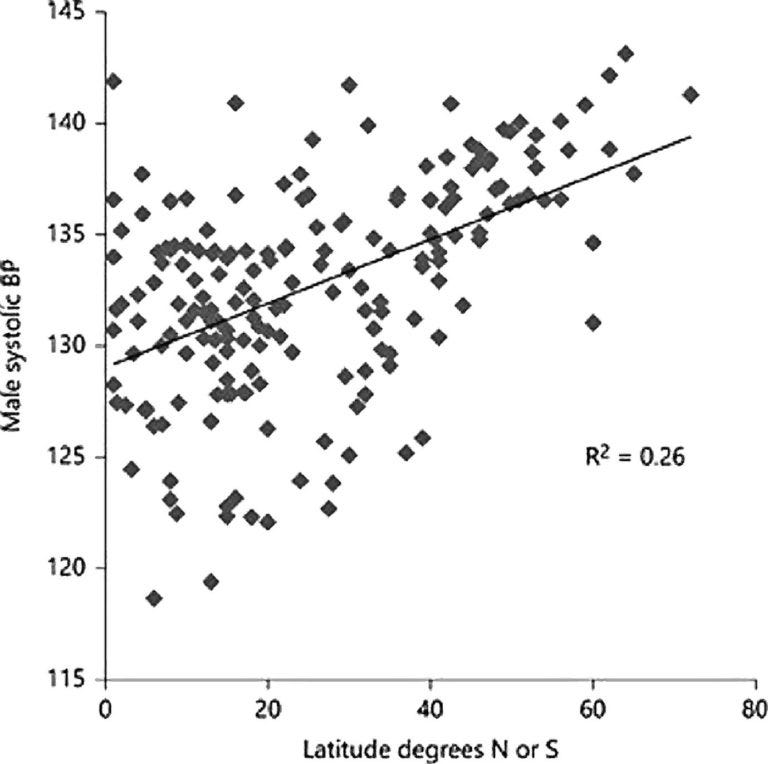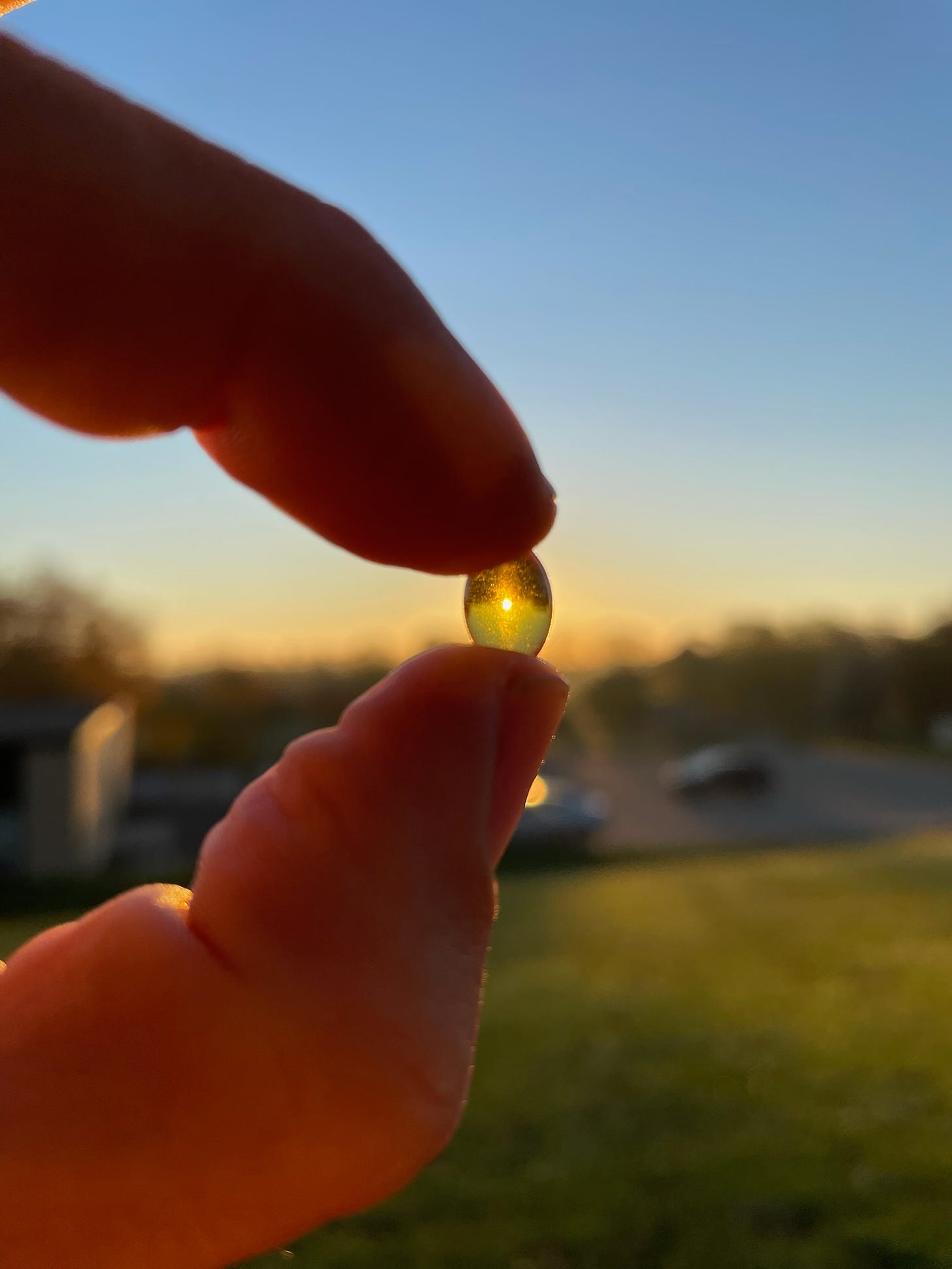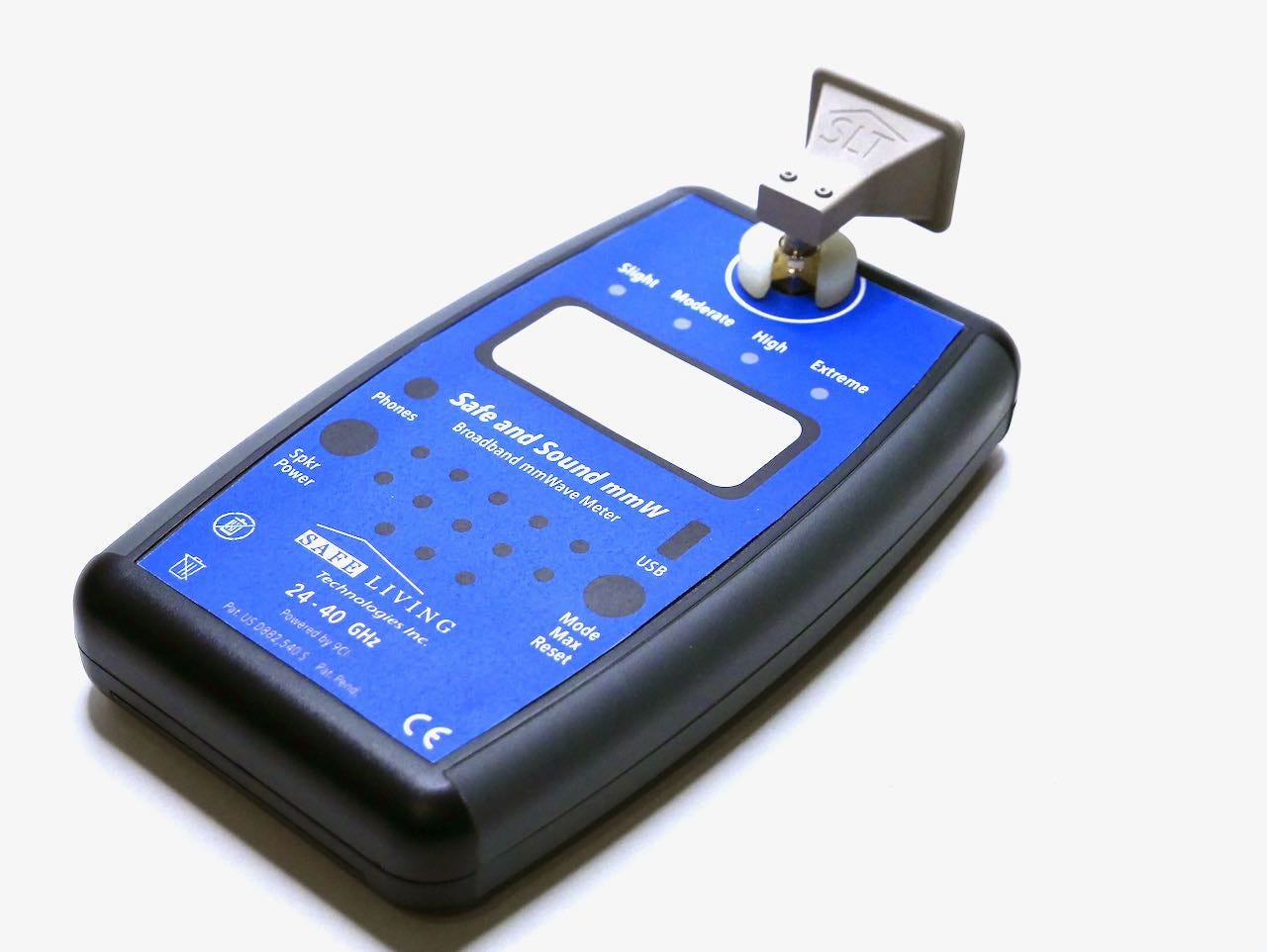Does oil mix with water?
We make our own vitamin D, however this potent antioxidant is trapped in a particle of fat, known as LDL.
Enter sunlight: the vinegar of our body’s vitamin D salad dressing.
When sunlight hits our skin, our bodies are able to make endogenous (occurs in the body) vitamin D water-soluble, thus facilitating transport in the blood.
This occurs through a process known as sulfation, where our red blood cells use the energy in sunlight to make sulfate. The sulfate combines with Vitamin D along with cholesterol, and makes these molecules able to be transported freely in our blood.
Vitamin D supplements do not undergo this process. This can lead to a cascade of harm. MIT Researcher Stephanie Seneff, PhD, believes that supplementation “sends our tissues a false signal that sulfate is plentiful.”1 This leads to a sulfate deficiency in our bodies, which can in turn leech calcium from our bones.
The active form of vitamin D is calcitriol, and when metabolized correctly through sulfation under sunlight, allows for a proper balance of calcium in our bodies.

“Vitamin D is a fat soluble molecule. It means you should take it with fat for absorption. But it also means that some people will not absorb it well at all. Who? Those with a leaky gut, who have people with IBD, Crohn’s, Ulcerative colitis, liver disease, those without a gallbladder, and those on a low fat diet.”
Studies: Vitamin D supplements vs. Sunlight
In her article Sunlight and Vitamin D: They’re Not the Same Thing , Seneff cites how many studies of vitamin D supplementation did not show any significant health benefit. Four conditions were studied: cancer, heart disease, high blood pressure, and bone fractures. In each case, supplementation led to discouraging results.
CANCER
A 2019 study monitored over 25,000 participants over a 5-year period from various places in the US.2 The group that received vitamin D (2000 IU per day) supplementation didn’t lower incidence of invasive cancer or heart disease.
However numerous studies have shown that a high vitamin D level in our blood, obtained naturally, improves the chances we won’t develop various cancers.3
CARDIOVASCULAR DISEASE
Our kidneys produce the active form of vitamin D known as calcitriol. As a result, those with kidney failure are often given vitamin D as a supplement. However a 2006 study found that supplementation was counterproductive for those with kidney disease, as the calcium mobilized by vitamin D often is taken up by the artery wall, ultimately not being absorbed by the tissues that need it most.4
HIGH BLOOD PRESSURE
When vitamin D is not sulfated by sunlight, calcium can build up in arteries, which is a strong risk factor for cardiovascular disease.
Sunlight reduces blood pressure, as the light stimulates the release of nitric oxide (NO) from our skin. Nitric oxide induces relaxation of the artery wall, and allows our blood to flow more freely. This is the same compound found in food such as beets and arugula. This is also why I love eating borscht (ukrainian beet soup) year round!
In a 2016 paper “Sunlight has cardiovascular benefits independently of vitamin D”, the authors plotted the average male population’s blood presssure across different latitudes. 5 The graph showed a clear linear relationship between those with higher blood pressure in higher latitudes:

BONE DENSITY
A large study in 2007 6 that involved women over seventy years old involved daily vitamin D supplementation, and showed that after twenty-five months, there was no significant difference between fractures in the supplement group vs the control group.
Another study showed how those on the highest dosage of vitamin D had a higher chance of having less bone density.7
TESTING FOR VITAMIN D
Which Vitamin D Test is the most accurate?
Ulimately, the only way to know your level of D is by taking a blood test, however make sure you have the right one done, as there are two types offered.
Make sure you get the one that tests for 25-OH vitamin D, otherwise known as the calcidiol 25-hydroxycholecalcifoerol test.8
How is the 25-hydroxy vitamin D test performed?
Your doctor will tell you not to eat anything for four to eight hours before the test.
The 25-hydroxy vitamin D test requires a common blood test. Your healthcare provider will draw blood from a vein in your arm using a needle. A quick finger prick will more than likely provide enough for a blood sample in children and infants.
How to evaluate test results *
Levels of vitamin D are measured by the 25-hydroxy level in nanomoles/liter (nmol/L) or nanograms/milliliter (ng/mL).
The results can indicate the following9
deficiency: less than 30 nmol/L (12 ng/mL)
potential deficiency: between 30 nmol/L (12 ng/mL) and 50 nmol/L (20 ng/mL)
normal levels: between 50 nmol/L (20 ng/mL) and 125 nmol/L (50 ng/mL)
high levels: higher than 125 nmol/L (50 ng/mL)
* Personally, I aim for 60ng/mL
SUNLIGHT is more than Vitamin D
The sun brings with it a plethora of health benefits.
Not only is our immune system helped by the infrared and full spectrum of this light - we are light. We absorb it, and our hormones dance to its tune.
Circadian rhythms are the music of life.
The sun optimizes these clocks in our bodies, allowing us to sleep more deeply, regenerating our nerves, and improving our vision and brain health when sungazing is applied correctly.
Our bodies run on an electric circuit, that is powered by the photoelectric effect of the Sun, and the light we choose to bask ourselves with on a daily basis.
Our bodies are a miracle, second only to that of the Sun.
The Sun made us.
Why not meet our “maker” every day?
You are more powerful than you know.
Bohdanna & Roman
Consider becoming a paid subscriber!
You’ll have access to our monthly Q&A webinars, along with tools to help you navigate this wacky wireless world:
Listen to our podcast - The Power Couple
We discuss how we:
Power ON with light
Power OFF our devices
Power thru our days with relationships that all start with - YOU.
New episodes each Friday:
The new 5G meter by Safe Living Technologies is out!
https://www.westonaprice.org/health-topics/sunlight-and-vitamin-d-theyre-not-the-same-thing/#gsc.tab=0
Manson JE, Cook NR, Lee IM, et al. Vitamin D supplements and prevention of cancer and cardiovascular disease. N Engl J Med 2019;380(1):33-44.
Garland CF, Garland FC. Do sunlight and vitamin D reduce the likelihood of colon cancer? Int J Epidemiol 1980;9(3):227-31.
Briese S, Wiesner S, Will JC, et al. Arterial and cardiac disease in young adults with childhood-onset end-stage renal disease—impact of calcium and vitamin D therapy. Nephrol Dial Transplant 2006;21(7):1906-14.
Weller RB. Sunlight has cardiovascular benefits independently of vitamin D. Blood Purif 2016;41(1- 3):130-4.
Johnell O, Borgstrom F, Jonsson B, Kanis J. Latitude, socioeconomic prosperity, mobile phones and hip fracture risk. Osteoporos Int 2007;18(3):333-7.
Burt LA, Billington EO, Rose MS, et al. Effect of high-dose vitamin D supplementation on volumetric bone density and bone strength: a randomized clinical trial. JAMA 2019;322(8):736-45.










interesting, i would recommend looking into vitamin K2 mk4/7 for calcium distribution and MSM (methylsulfonylmethane) for sulphate replenishment
i take both of these and 4000iu of D3 a day
I've been taking 5K IU of D plus K2 for a number of years (>10). I had my level checked in late 2021 (not summertime), and it was a bit more than 60 ng/ml. I'm not an outdoor worker, and I live where there's not enough UV in the sunlight anyway, except in the summer.
This seems inconsistent with the assertion that D supplementation is worthless.